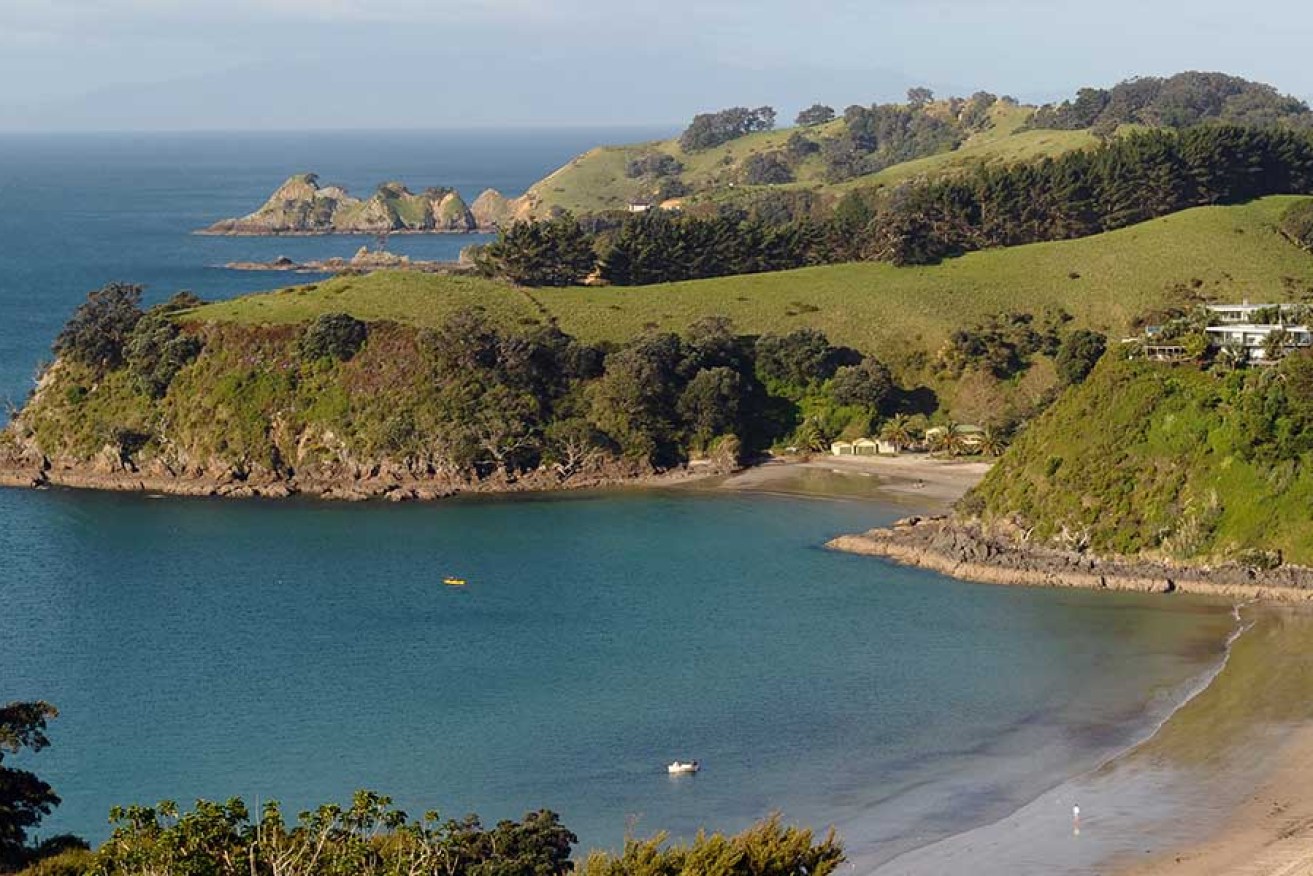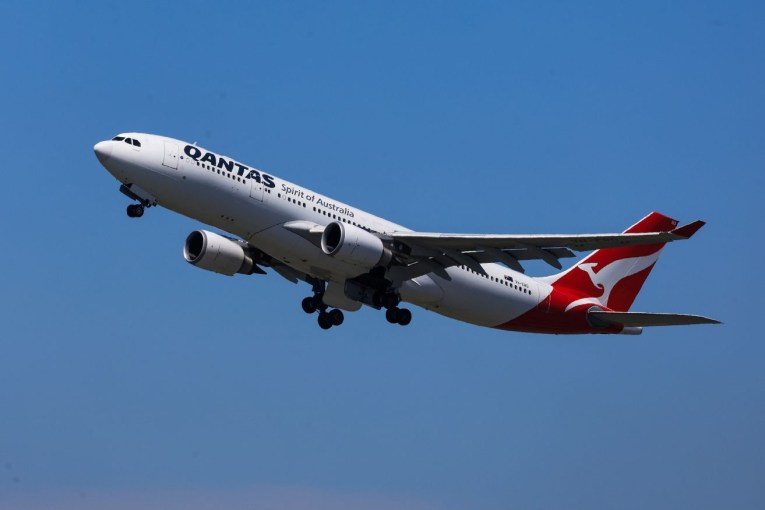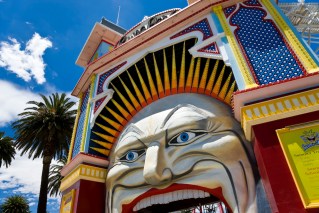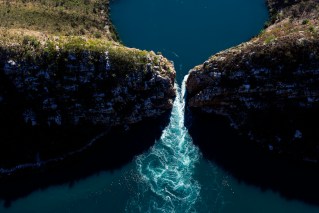Island hopping around Auckland

Getty
Waiheke
Waiheke is the city’s playground and many a well-heeled Aucklander retreats to the family bach (holiday house) on weekends and holidays. Waiheke’s warm, dry micro climate has contributed to its growing reputation for wine and olive growing.
Several wineries, such as Stony Ridge and Mud Brick have produced award winning wine and welcome visitors for tastings. A winery and olive grove tour is a great way to get your bearings on the island, but book ahead as these tours fill quickly.
If you’re an adrenaline junky, Waiheke’s newest attraction, the Ecozip flying fox, might be just the fix you need. Each of Ecozip’s three 200 metre zip lines progressively increase in speed and height and offer enviable views of the city skyline and the island.
On Saturday mornings, Waiheke’s colourful Ostend market presents an opportunity to meet the locals and try locally grown produce or pick up a home made or recycled bargain.
To kick back and relax, head to one of the island’s beaches for a swim or to watch a Waiheke sunset with a bottle of local wine and generous serving of fish and chips. It is worth spending more than one day on Waiheke and accommodation on the island ranges from five star to backpacker style.
Tiritiri Matangi
Tiritiri Matangi is an open sanctuary and one of the world’s most successful conservation projects. Between 1984 and 1994, volunteers planted around 300,000 trees on Tiritiri Matangi to regenerate it’s native forests after 120 years of clearing and farming stripped the land of native vegetation. Many of the volunteers now proudly guide visitors around the island.
Twelve species of rare endemic birds were relocated to the island as part of the project, including Little Spotted Kiwis, Takahe, White Heads, Little Riflemen and the very rare North Island Kokako. If you’re a bird watcher look out for all of these species on guided walks along the island’s many designated tracks. Little Penguins nest along the shore and nesting boxes can be viewed along the Hobbs Track.
It takes a keen eye to spot the well camouflaged Tuatara, the lone survivor of the Rhynchocephelia order of reptiles that were common around the world 200 million years ago, but with some patience and an experienced guide, you can get lucky.
Rangitoto
Rangitoto’s volcanic presence is an iconic feature of the Auckland skyline and the 25 minute ferry trip across the harbour is well worth making. A series of volcanic explosions 700 years ago created Rangitoto, making it the youngest volcano and island in the region. There are several walking tracks on the island, the most popular being the summit track, a two hour return trip that takes you through lava fields, native forests and past lava caves to the summit crater.
Once you reach the summit, a loop around the crater offers stunning 360 degree views of the city, the Waitemata Harbour and the Hauraki Gulf. A historic bunker on the summit serves as a reminder of Rangitoto’s role as a strategic defence post during world war II. You can also experience a slice of 1930s life through 30 heritage baches (holiday homes) that offer insight into Auckland life during the Great Depression.
Rotoroa
Today Rotoroa is an important arts and conservation site, but it was once New Zealand’s first and longest running drug and alcohol rehabilitation centre run by the Salvation Army. The island’s purpose built exhibition centre recounts the history of the island from Maori occupation, through early European settlement and the years of the centre, focusing on the Salvation Army and the community they built there.
Scenic walking trails take you around the island to the sandy bays that are ideal picnic and fishing spots. Walk to environmental artist, Chris Booth’s sculpture, Kaitiaki (Maori prayer/blessing), and the mast of the ship Tiri II, once home of the Southern Hemisphere’s first pirate radio station, Radio Hauraki, that was located here after being dramatically wrecked in a storm in the gulf in 1968.
Rotoroa is currently working to establish a wildlife sanctuary that will involve the introduction of 20 species of native animals over the next decade.
For more information how to have an island holiday in New Zealand, click here.














